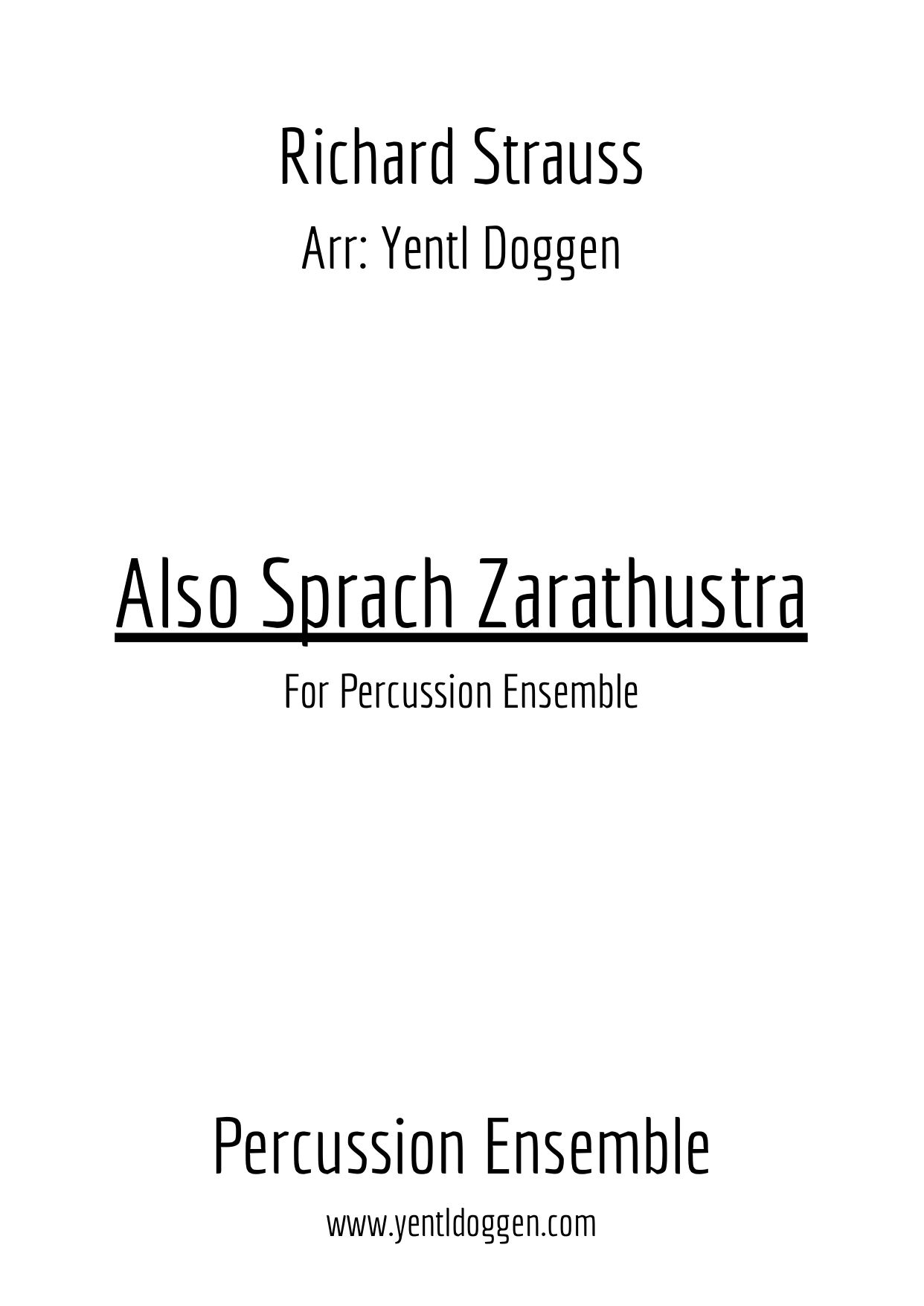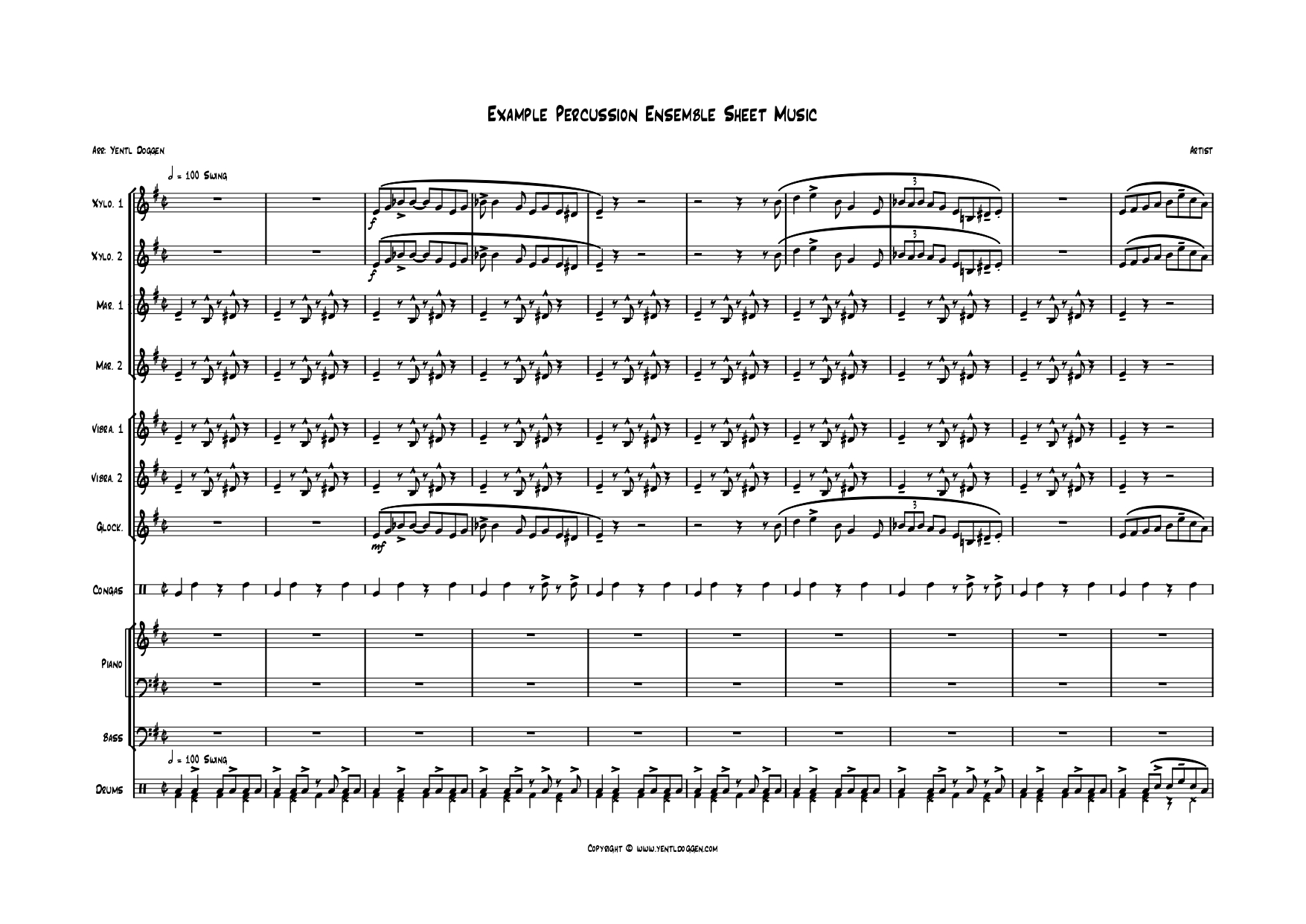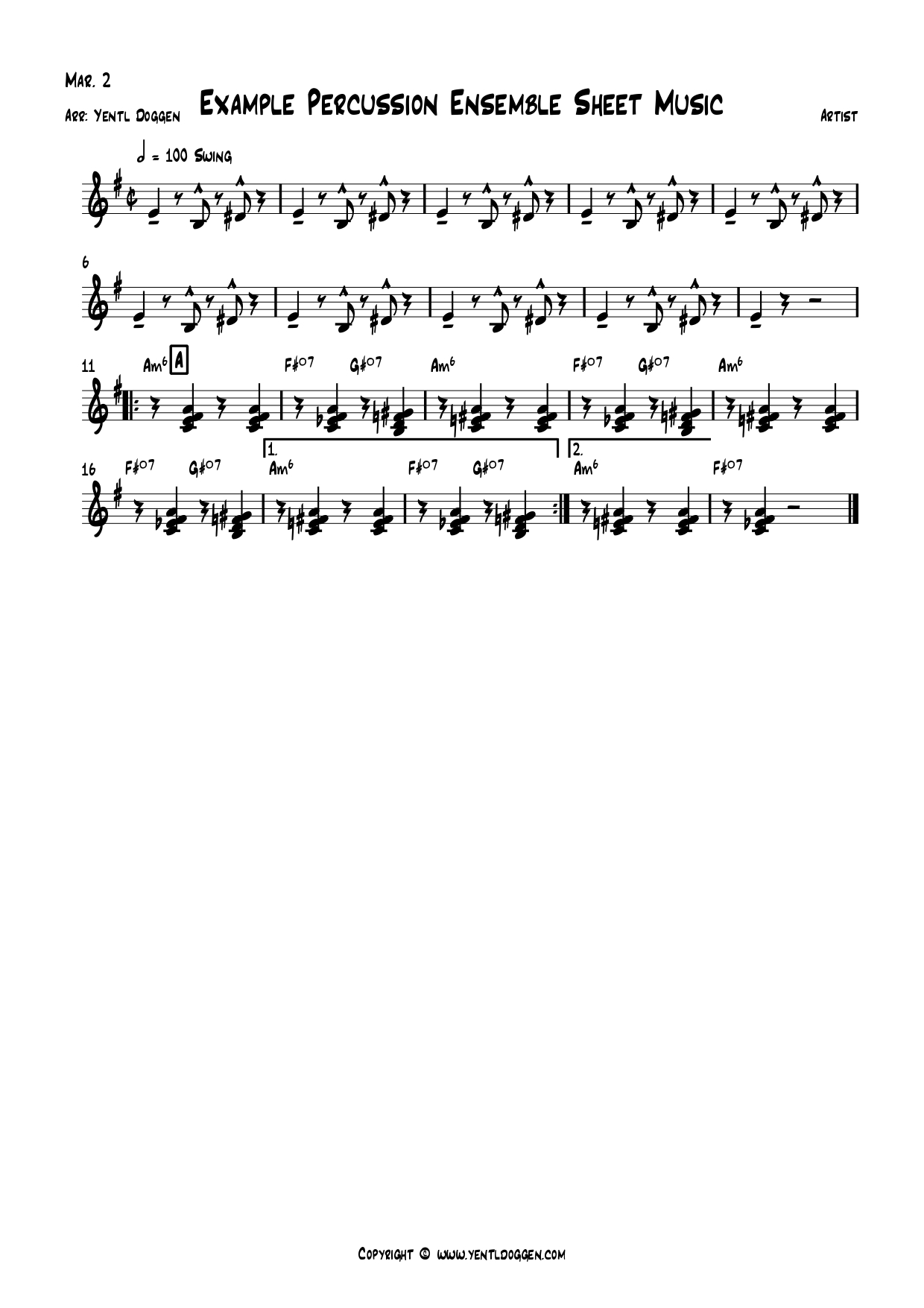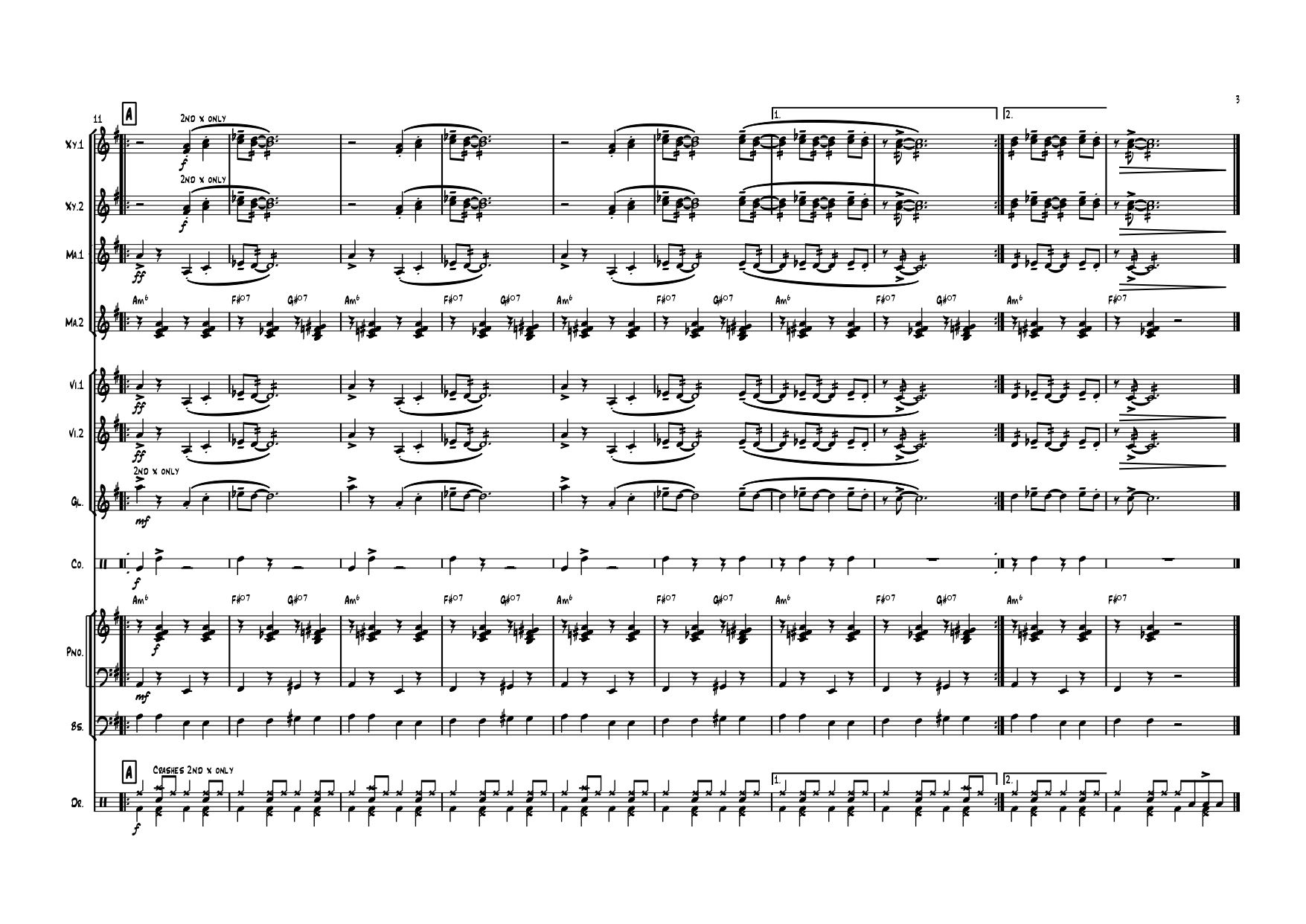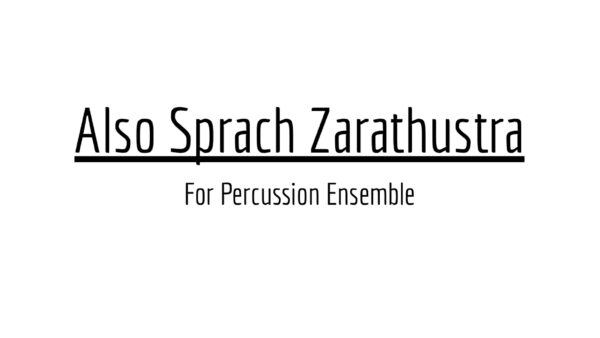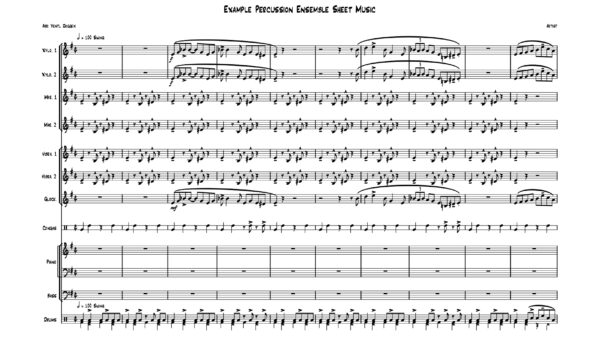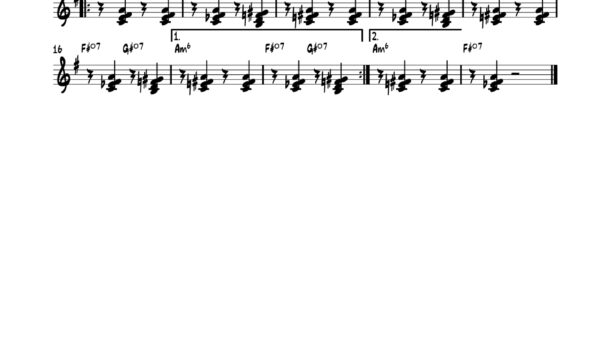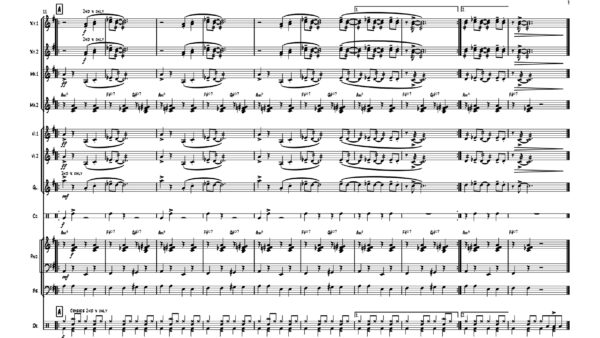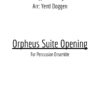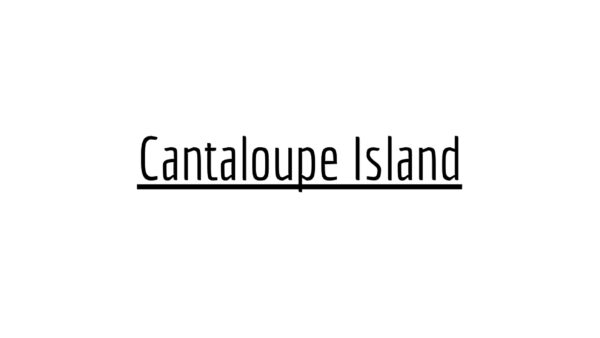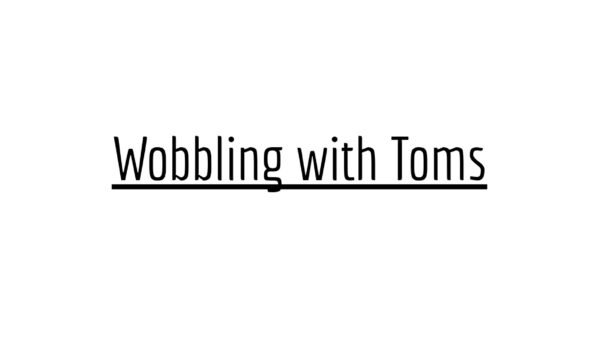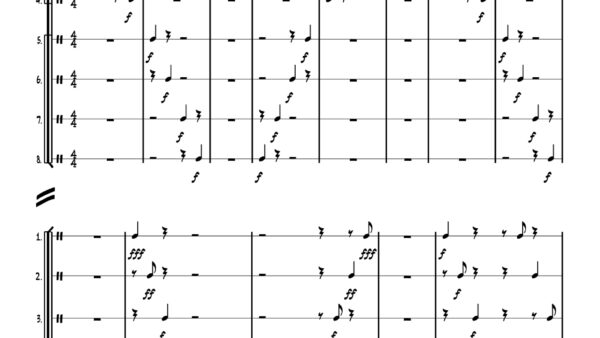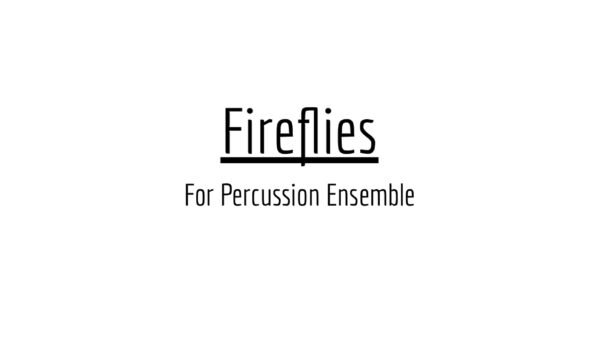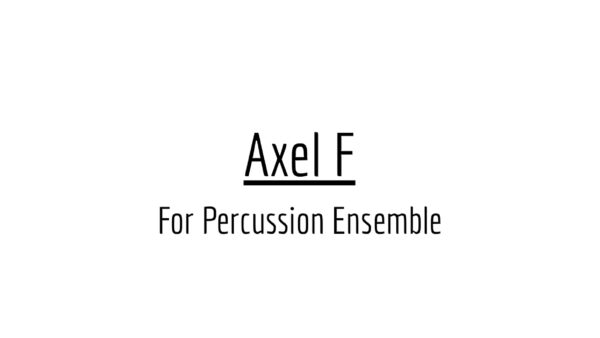Also Sprach Zarathustra (Richard Strauss) for Percussion Ensemble | Full Score PDF
€5,00
Digital download (PDF) for the Also Sprach Zarathustra sheet music!
Upon ordering, you get 2 downloads valid for 365 days.
Also Sprach Zarathustra
Sunrise, also known as Also Sprach Zarathustra, became recognised after Standley Kubrick used it in his 1968 film, 2001: A Space Odyssey. However, Also Sprach Zarathustra is a well-known piece and tone poem by Richard Strauss. The work, written in 1896, is inspired by Thus Spoke Zarathustra, a novel by philosophical Friedrich Nietzsche. The entire creation lasts about half an hour, although the general audience is only familiar with the first part. Richard Strauss himself conducted the first performance on 27 November 1896 in Frankfurt, Germany. The Deodato version by CTI records in 1972 slightly influenced the arrangement I wrote for the percussion ensemble.
As per yearly standards, the Drum- & Percussionband Paal had a double concert at the end of October and a member concert at the beginning of November. To ensure we would play a different playlist at both shows, I needed easy-to-play, recognised songs that the audience would like. Also Sprach Zarathustra for percussion ensemble was brought into the playlist as we desperately needed a great opening song. The initial title for my arrangement was Also Sprach Drunk-Thustra, as the piece includes some added funky beats and passages that play over the starting time signature. I slightly adjusted the arrangement to make it more suitable for commercial purposes. The percussion ensemble version for Also Sprach Zarathustra lasts about 4 minutes and is pretty easy to play. The ensemble version includes parts for 13 players.
Also Sprach Zarathustra for Percussion Ensemble:
Mallets:
The xylophone, marimba, vibraphone, and glockenspiel parts in Also Sprach Zarathustra are very similar. The main difference is the slight distinction between the first and second melodies. All mallet instruments play the well-known melody and the central theme that I added to the percussion ensemble version. The melody is in the key of C-major, and the central theme is written in a minor.
Percussion:
All percussion parts are crucial in the character of the performance. The Congas and Tambourine parts are both written as a funky support to the drumset. The bongo part integrates most of the drum part in its playing. In contrast, the Tambourine is responsible for supporting the backbeat feel. The Maracas part ensures that some white noise is added to the general feeling of the arrangement.
Timpani:
No part ever in Also Sprach Zarathustra can be more important than the Timpani part. It is the timpani that made this song famous in the first place. Even though I slightly changed the rhythm for the Timpani part and the general feel of the song, the timpani is still crucial. The timpani should be muted in the B-section so the sound is staccato or short. Throughout the rest of the arrangement, it creates an extra bass sound.
Drum Set:
The funky version of Also Sprach Zarathustra wouldn’t be funky if it weren’t for the drumset. The drummer has the crucial role of keeping the ensemble together and ensuring its funky character. The part by itself isn’t hard in particular, but it is hard to give it the right feeling. I recommend doing some research on Deodato’s 1972 version for the drummer. It’s not that the arrangement has much in common with that version, but it was the primary inspiration.
Piano and Bass:
The piano and the bass guitar have a similar rhythmical figure as the bongo part. It forms the beating heart for Also Sprach Zarathustra for the percussion ensemble. Together with the drumset, these parts are responsible for the arrangement’s general feel. You can also play the bass on the marimba if no bass guitar is available. The right hand of the piano has a slightly more vital part. If your ensemble still needs a piano player, you should play this part on the marimba. The role is responsible for adding some 7-chords to the piece.
My website has multiple ways to keep in the loop with music and travel-related updates. Make sure to follow my Instagram and Facebook pages to get the latest content on your socials. To get the updates in your mailbox, subscribe to the newsletter. I will post plenty of free drum lessons and other music and drum-related advice on this website in the future! Check out the other music education posts if you haven’t already!


